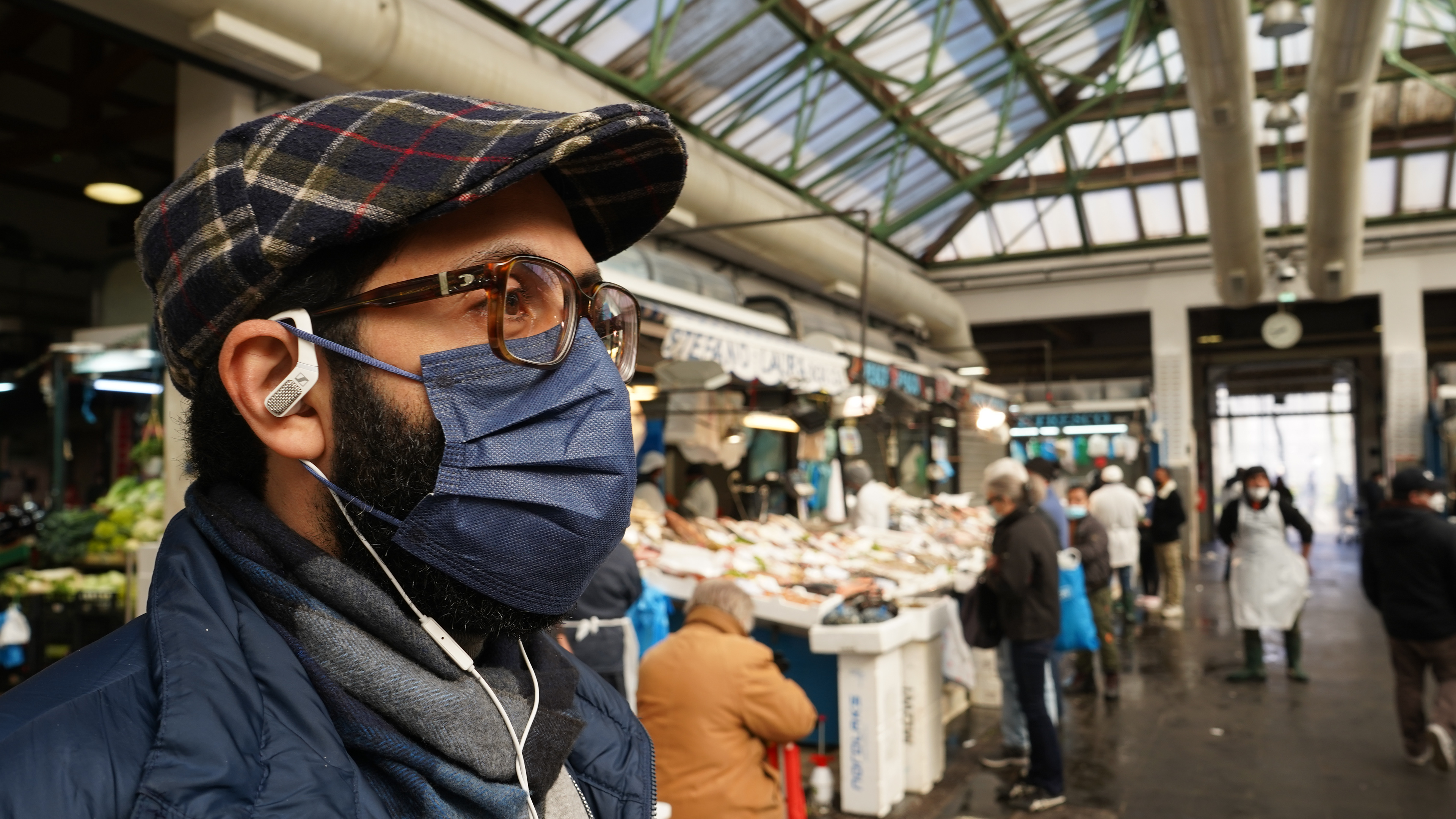
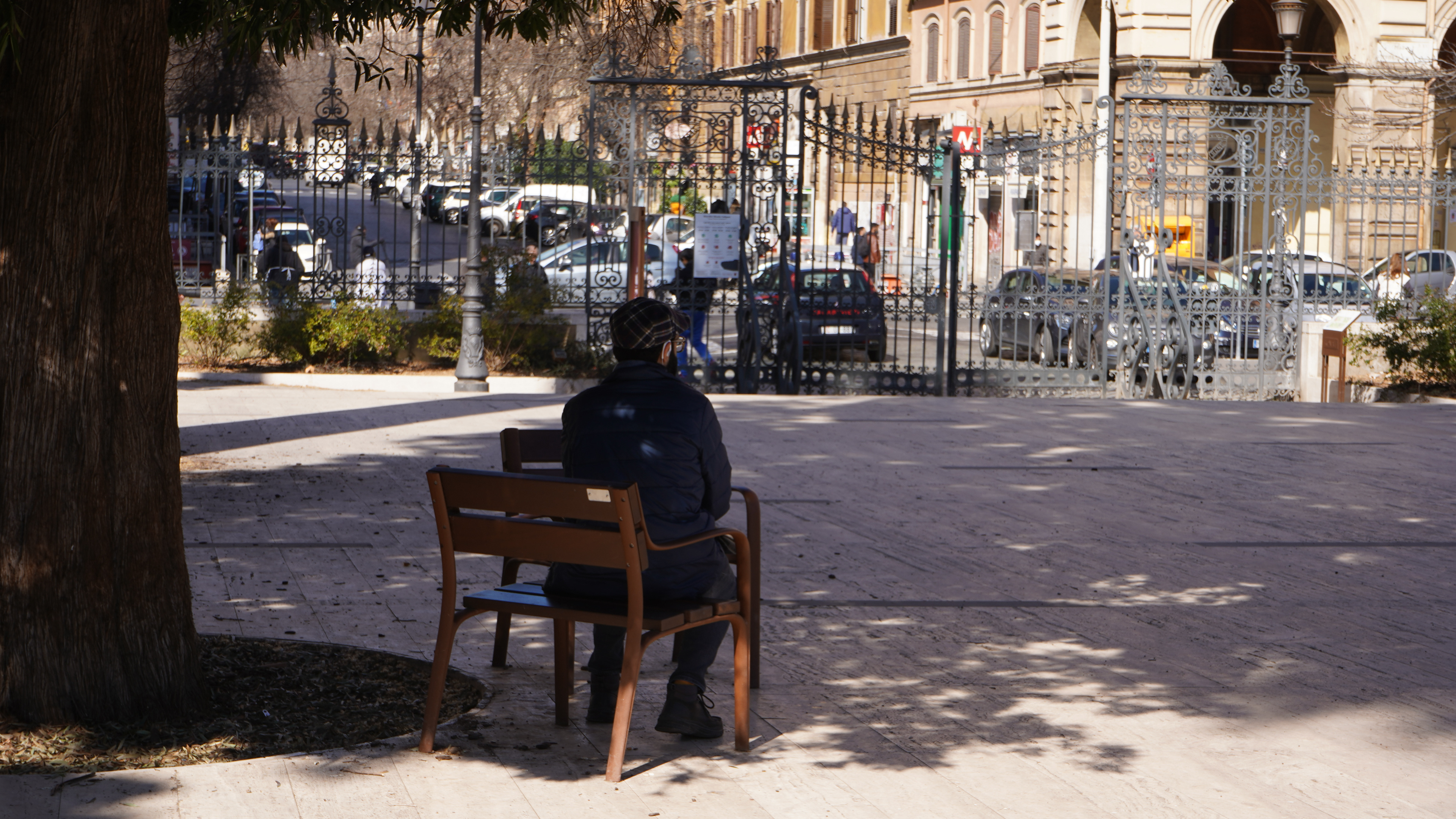
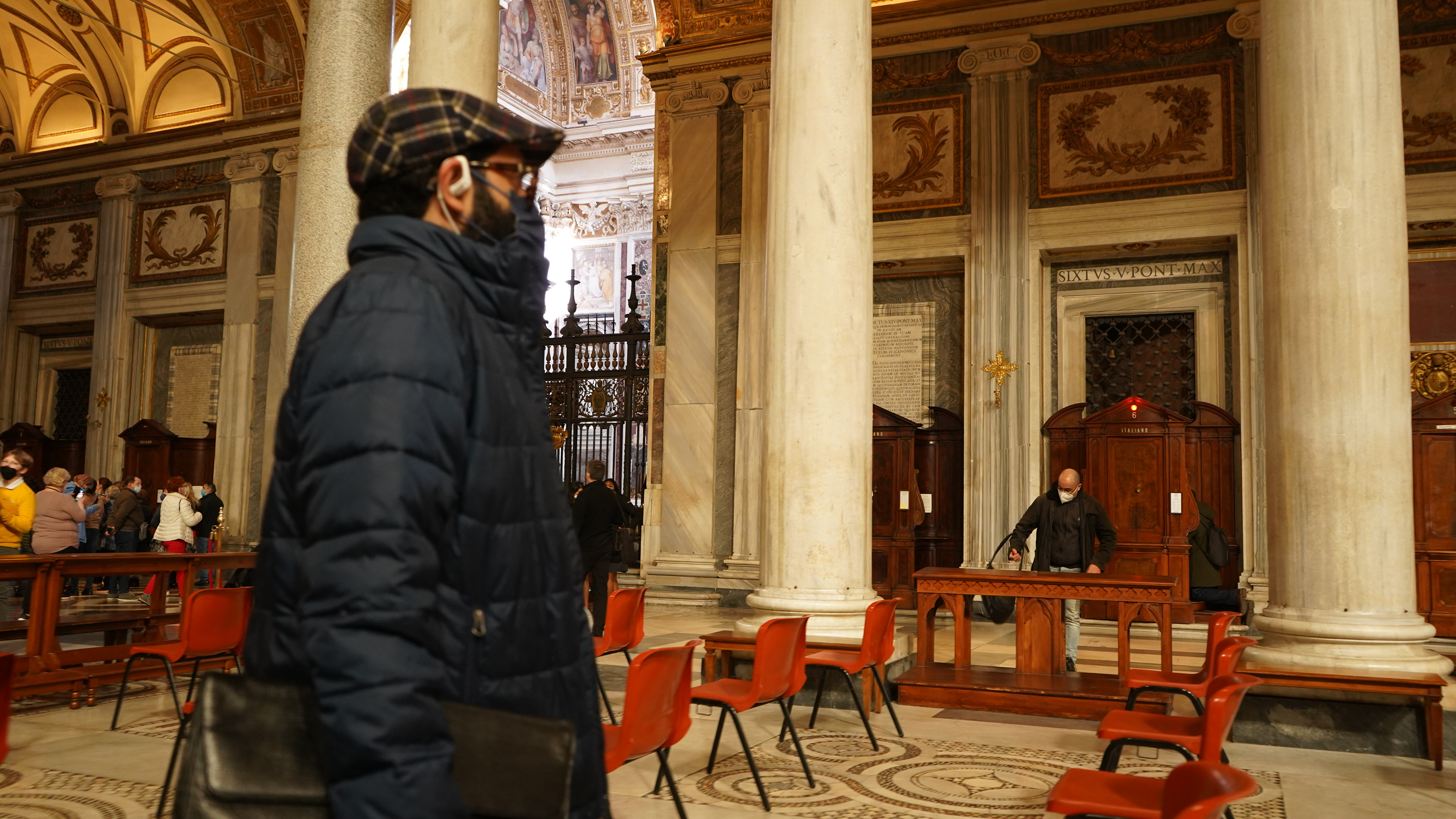
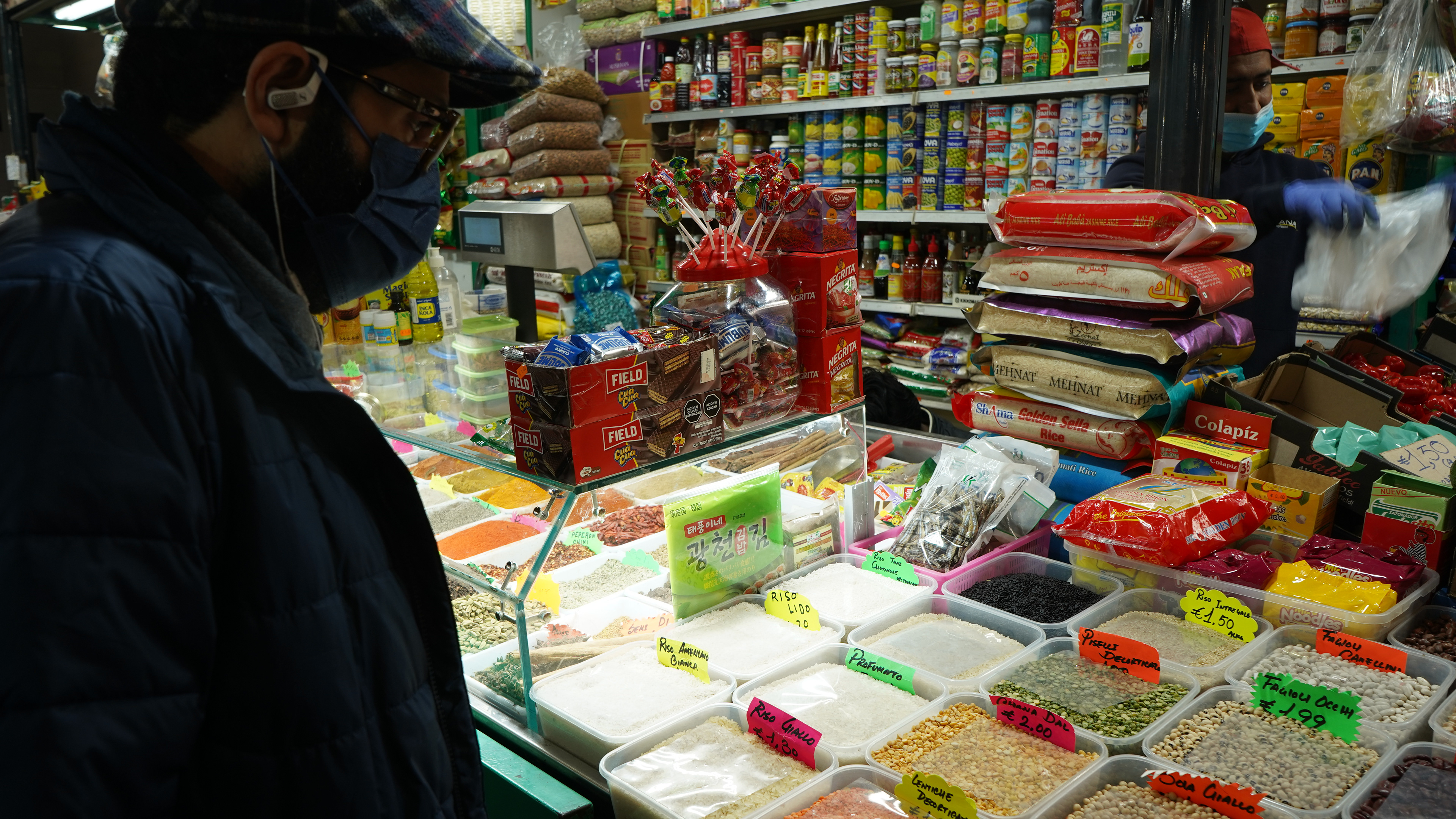
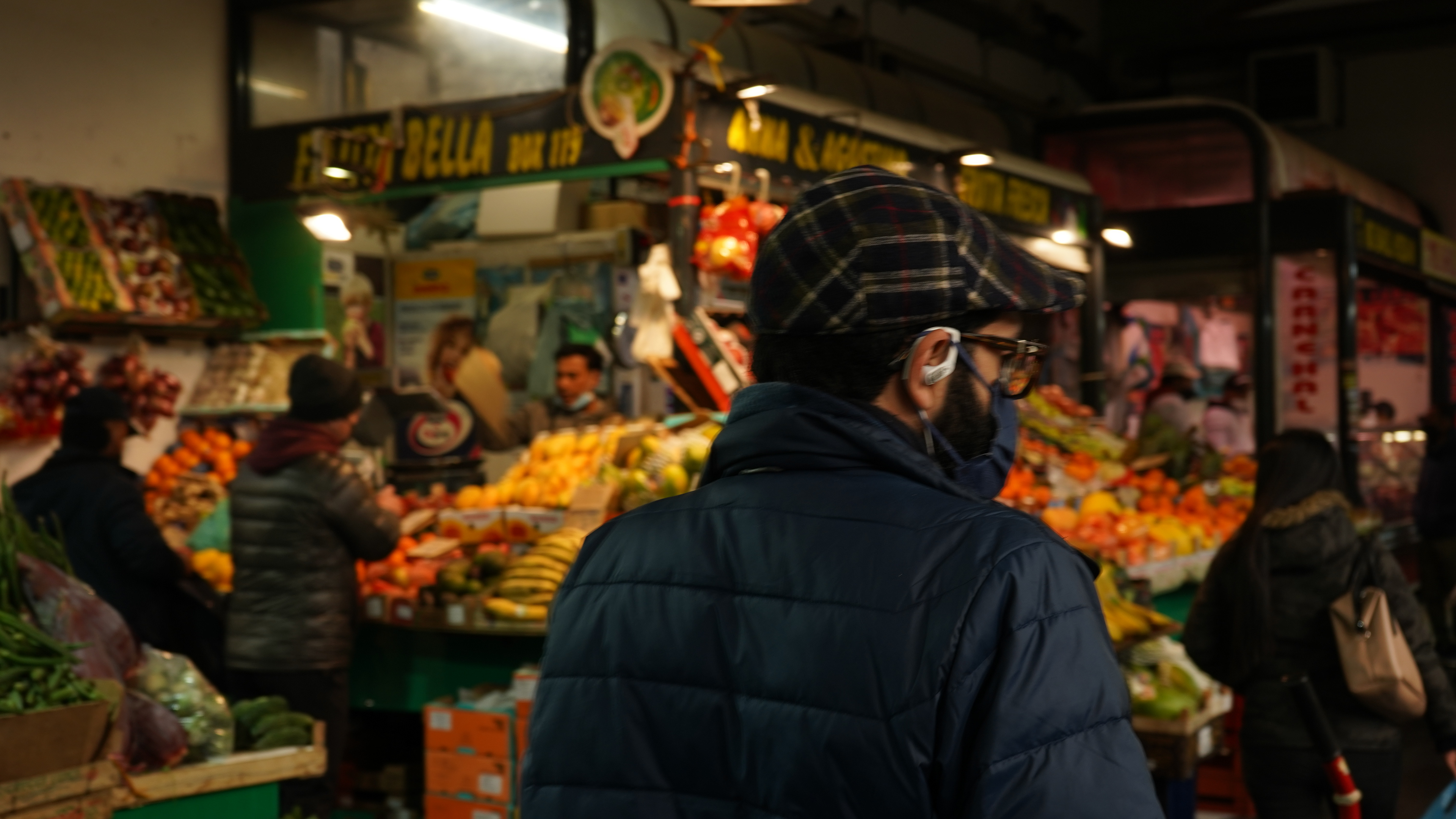
Pop speech
Rome's sensory experience is deeply intertwined with its historical and cultural heritage. The city's ancient architecture and historical sites create a unique soundscape, with the sounds of St. Peter's Basilica and the bustling Nuovo Mercato Esquilino standing out. The ethnic bazaar, with its myriad sounds and smells, starkly contrasts the traditional Roman atmosphere. This juxtaposition highlights the evolving nature of Rome's sensory landscape, where the traditional and the contemporary merge, influenced by the city's growing immigrant population.
St. Peter's Basilica: As a unique soundscape of Rome, the Papal Audience is held every Wednesday and Sunday Angelus on Sundays.
Nuovo Mercato Esquilino - Ethnic Bazaar: An old-school vibe from the beginning is the only way to describe the Esquilino neighborhood. The Esquilino takes pride in being one of the oldest areas in Rome for its key location on one of the city's famous seven hills. From an ancient neighborhood to its modern incarnation as a multicultural hub, Esquilino always has something going on—polyglot vendors debate street artists while kids play pick-up basketball games. Look around you: this area isn't like the historic center. Liberty architecture, large piazzas, and long boulevards mix with archaic arches, secret side alleys, and beautiful churches like Santa Maria Maggiore.
Sensing the City
As I went further in this project, everything was getting more personal. It was not only statics and studies but my feelings and inspirations were important. One thing that helped me was sensing the city by walking through neighborhoods, eating traditional dishes, and capturing the city's sound. This capturing was beyond soundscape recording and was more a revelatory insight from the city. This sensory experience in Rome helped me understand the distinction between German and Italian cultures towards migrants.